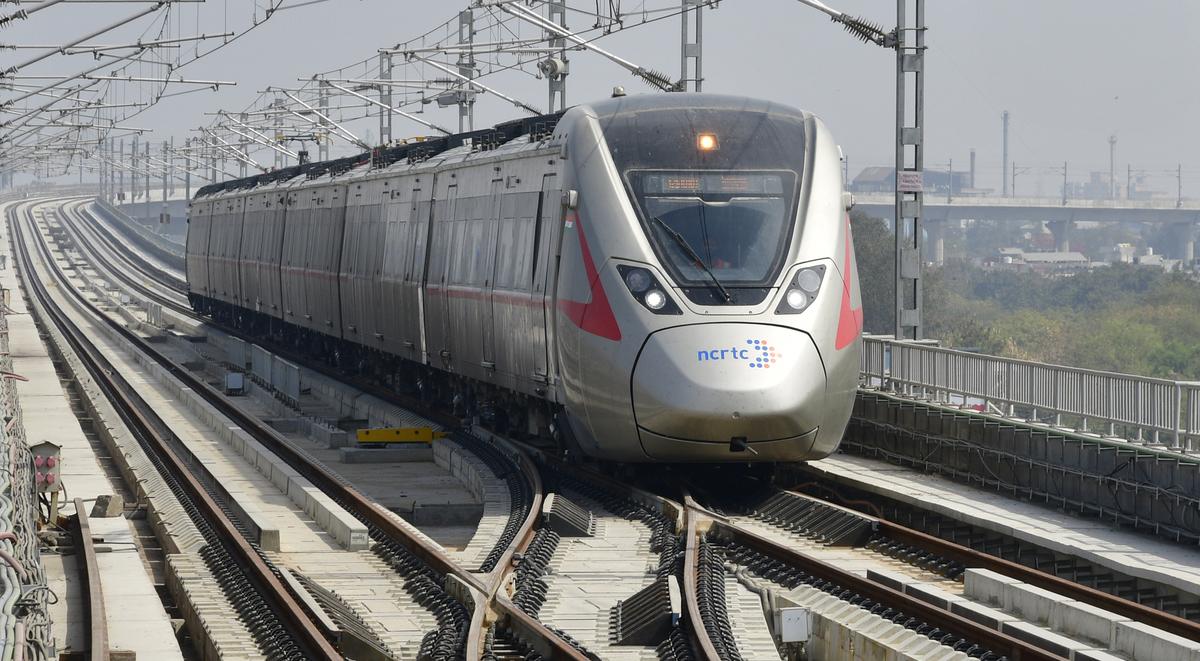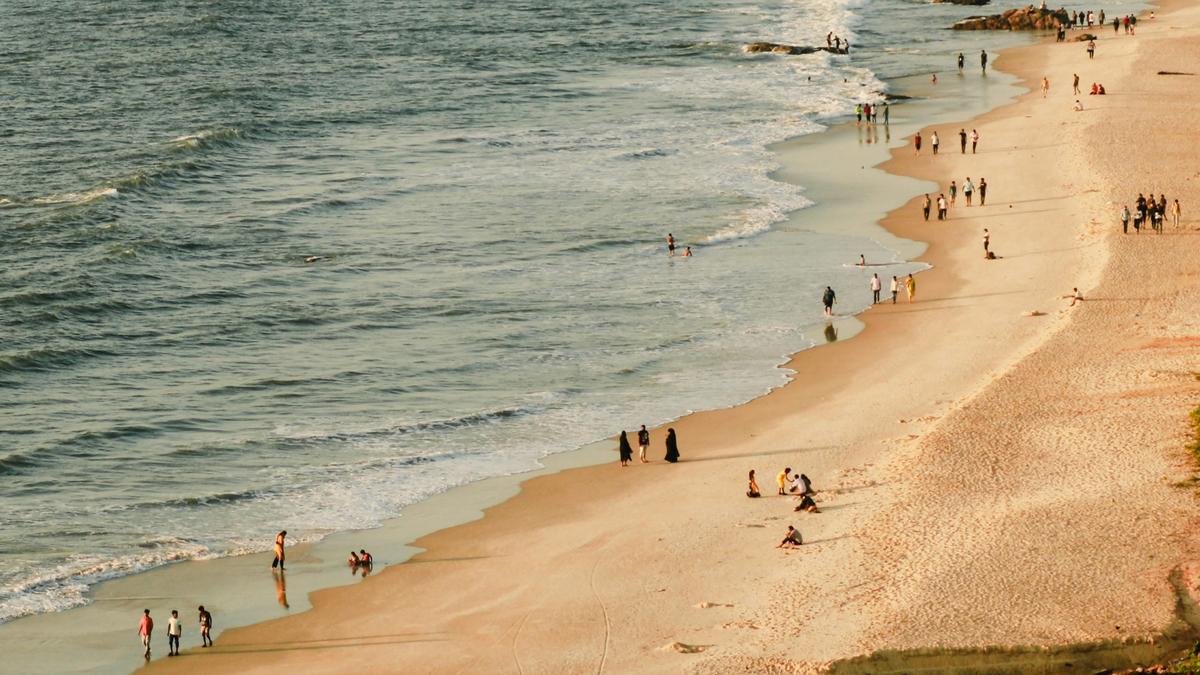- Courses
- GS Full Course 1 Year
- GS Full Course 2 Year
- GS Full Course 3 Year
- GS Full Course Till Selection
- Online Program
- GS Recorded Course
- NCERT (Recorded 500+ Hours)
- Polity Recorded Course
- Geography Recorded Course
- Economy Recorded Course
- AMAC Recorded Course
- Modern India, Post Independence & World History
- Environment Recoded Course
- Governance Recoded Course
- Science & Tech. Recoded Course
- International Relations and Internal Security Recorded Course
- Disaster Management Module Course
- Ethics Recoded Course
- Essay Recoded Course
- Current Affairs Recoded Course
- CSAT
- 5 LAYERED ARJUNA Mentorship
- Public Administration Optional
- ABOUT US
- OUR TOPPERS
- TEST SERIES
- FREE STUDY MATERIAL
- VIDEOS
- CONTACT US
Bangla for classical language and Gangasagar Mela
Bangla for classical language and Gangasagar Mela
Context
Recently, West Bengal’s Chief Minister advocated for classical language status for Bangla and seeking national fair status for the Gangasagar Mela.
Why Bengali needs to be recognized as a classical language?
- Bengali people's rich heritage and culture traced back to prehistoric times
- Based on scientific research, it has been established by her State team that Bengali had its origins 2,500 years ago.
- Apart from being the official language of West Bengal and the 2nd most spoken language in India, it is also the 7th most spoken language in the world.
- It fulfills all the criteria to be declared as classical language
Classical Languages and Criteria for Declaration
- Currently, six languages enjoy the ‘Classical’ status namely Tamil (declared in 2004), Sanskrit (2005), Kannada (2008), Telugu (2008), Malayalam (2013), and Odia (2014).
- Criteria for Declaration
- High antiquity of its early texts/recorded history over a period of 1500-2000 years;
- A body of ancient literature/texts, which is considered a valuable heritage by generations of speakers;
- The literary tradition be original and not borrowed from another speech community;
- The classical language and literature being distinct from modern, there may also be a discontinuity between the classical language and its later forms or its offshoots.
Benefits given to the classical languages
- International Awards: Two major annual international awards for eminent scholars in classical Indian languages.
- Centers of Excellence: Establishing Centers of Excellence for the study of Classical Languages.
- University Grants Commission (UGC): Creation of Professional Chairs for Classical Languages in Central Universities.
- Research Project Funding: UGC awards research projects to promote and study Classical Languages.
Gangasagar Mela
About Gangasagar Mela:
- Second-largest human congregation globally, following Kumbh Mela.
- Annual event coincides with Makar Sankranti.
- Hosted at Sagar Island.
- Pilgrims take a dip in the Ganga during the sacred event and visit the temple dedicated to Kapil Muni.
Historical Roots:
- References in Indian epics like Ramayana and Mahabharata.
- Traces existence back to around 400 BCE.
Kapil Muni: A Vedic Sage
-
Original proponent of the Samkhya system of Indian philosophy.
-
Lived around the sixth or seventh century C.E.
-
Described as an incarnation of Vishnu in the Puranas.
-
Renowned for teaching bhakti yoga for liberation.
Sagar Island 
-
Westernmost island in the Ganges-Brahmaputra delta.
-
Positioned at the mouth of the Hugli (Hooghly) River.
-
Separated from the mainland by an arm of the Hugli River to the east.
Benefits of National Fair Status
-
Official Recognition: The fair gains official recognition from the government as a significant and culturally important event.
-
Government Support: The fair may receive financial and logistical support from the government to enhance its organization and infrastructure.
-
Promotion of Cultural Heritage: National Fair status highlights the fair's cultural and historical significance, promoting the cultural heritage associated with the event.
-
Tourist Attraction: The designation can attract more tourists and visitors, both nationally and internationally, leading to increased footfall.
Some other important fairs/Melas
|
|
|
|
|
|
|
|
|
|
|
|
|
|
|
|
|
|
|
|


